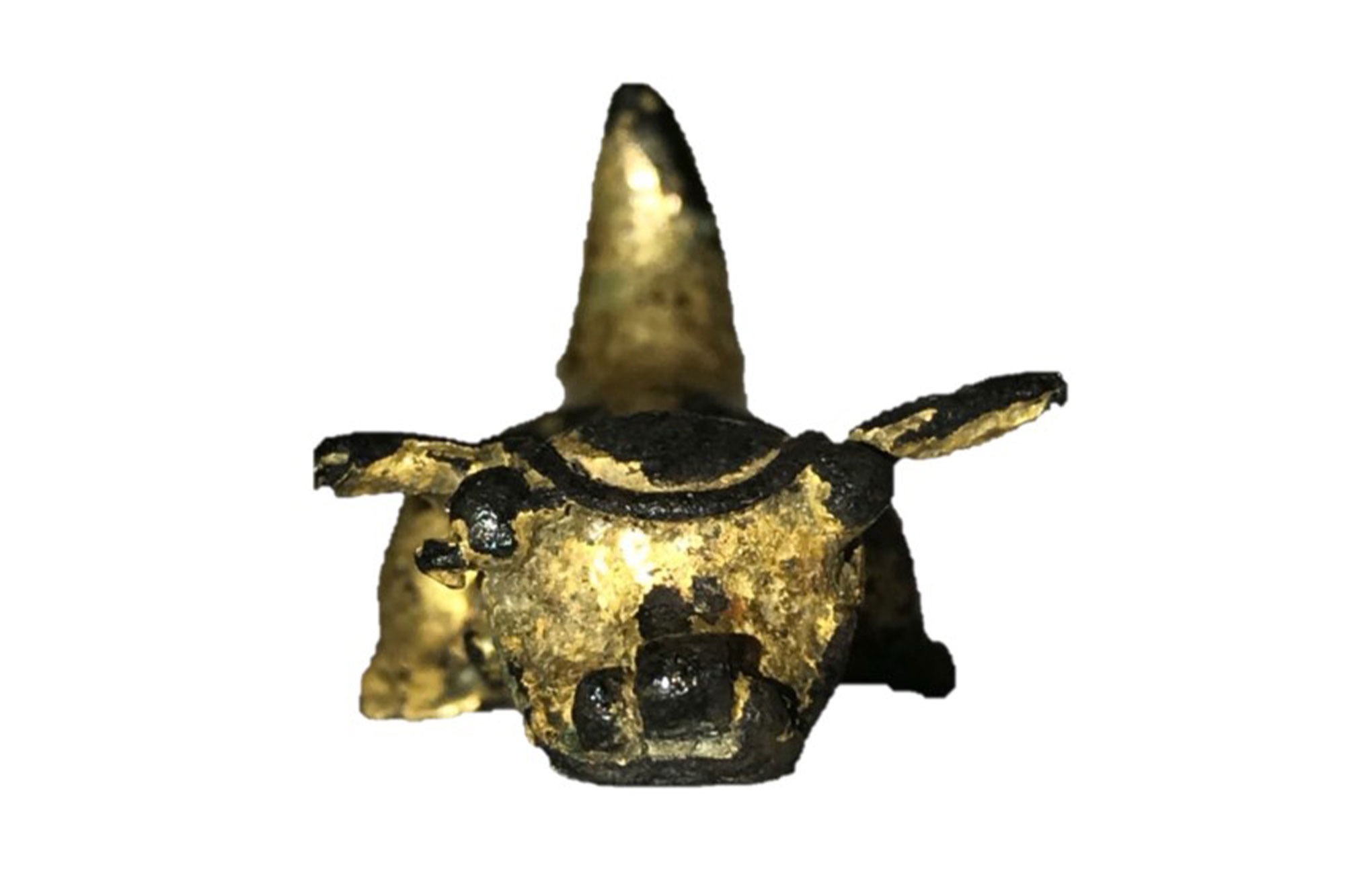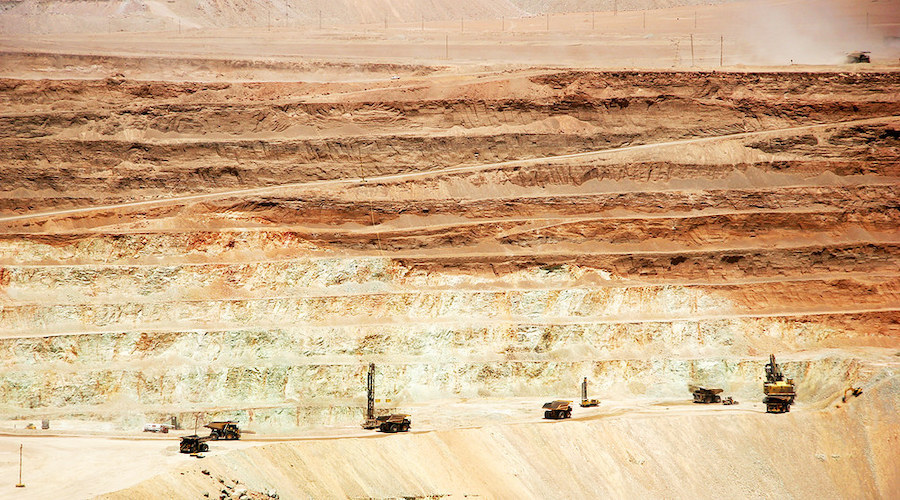China to form two rare earth giants to strengthen pricing power

China is planning to create two rare earth mining giants in an effort to gain better pricing power in global markets, according to people familiar with the matter.
The government is aiming to eventually consolidate all its rare earth miners and processors into the two huge firms, one in the north and one in the south, the people said, asking not to be identified discussing a private matter.
The one in southern China will oversee medium-to-heavy rare earths, and the other in the north will control all light rare earths, the people said. It’s unclear when the merger will be completed.
Related Read: Automakers look to hedge against China’s rare earth dominance
Beijing has been restructuring the industry for years into six large state-controlled groups. By consolidating, it hopes to maintain its dominance in the production of the strategic metals, of which it controls 70%, as the U.S. and Europe look to develop their own production and supply chains and diversify away from China.
Several state-owned miners, including Aluminum Corp. of China, will restructure their assets, China Minmetals Corp.’s rare earth unit said in a filing to the Shenzhen Stock Exchange on Thursday evening. That’s the first step toward the consolidation into two giant entities, the people said.
Beijing’s decision almost 30 years ago to make rare earths a strategic material and ban foreigners from mining them helped pave the way for China to elbow aside the US as the world’s leading producer
The State-owned Assets Supervision and Administration Commission of the State Council, which oversees some of the miners, didn’t respond to a fax seeking comment. Questions faxed to the Ministry of Industry and Information Technology, which is in charge of rare earths management, also went unanswered.
While details of the first stage in the restructure are scant, the parties involved own stakes in four out of the six dominant rare-earths producers. The importance of the materials, ubiquitous across a range of applications from consumer goods to military gear, was thrust into the spotlight in 2019 as China mulled whether to use its position as the world’s dominant supplier as a counter in its trade war with Washington.
Beijing’s decision almost 30 years ago to make rare earths a strategic material and ban foreigners from mining them helped pave the way for China to elbow aside the U.S. as the world’s leading producer. The minerals’ biggest usage is in permanent magnets, which include the NdFeB variety, found in everything from phones to computers to cars.
Demand for rare earths — a broad group of 17 elements — is rising, driven by growing need for permanent magnets. Prices of neodymium and praseodymium, — or NdPr, two of the 17 rare earth elements that are used in NdFeB magnets — surged to the highest in a decade this summer.
(With assistance from Winnie Zhu)
More News
PDAC Video: Critical Metals plans key green energy projects in Europe
April 10, 2025 | 02:55 pm
One of the strangest chapters in copper mining is drawing to a close
April 10, 2025 | 01:40 pm
{{ commodity.name }}
{{ post.title }}
{{ post.date }}




Comments